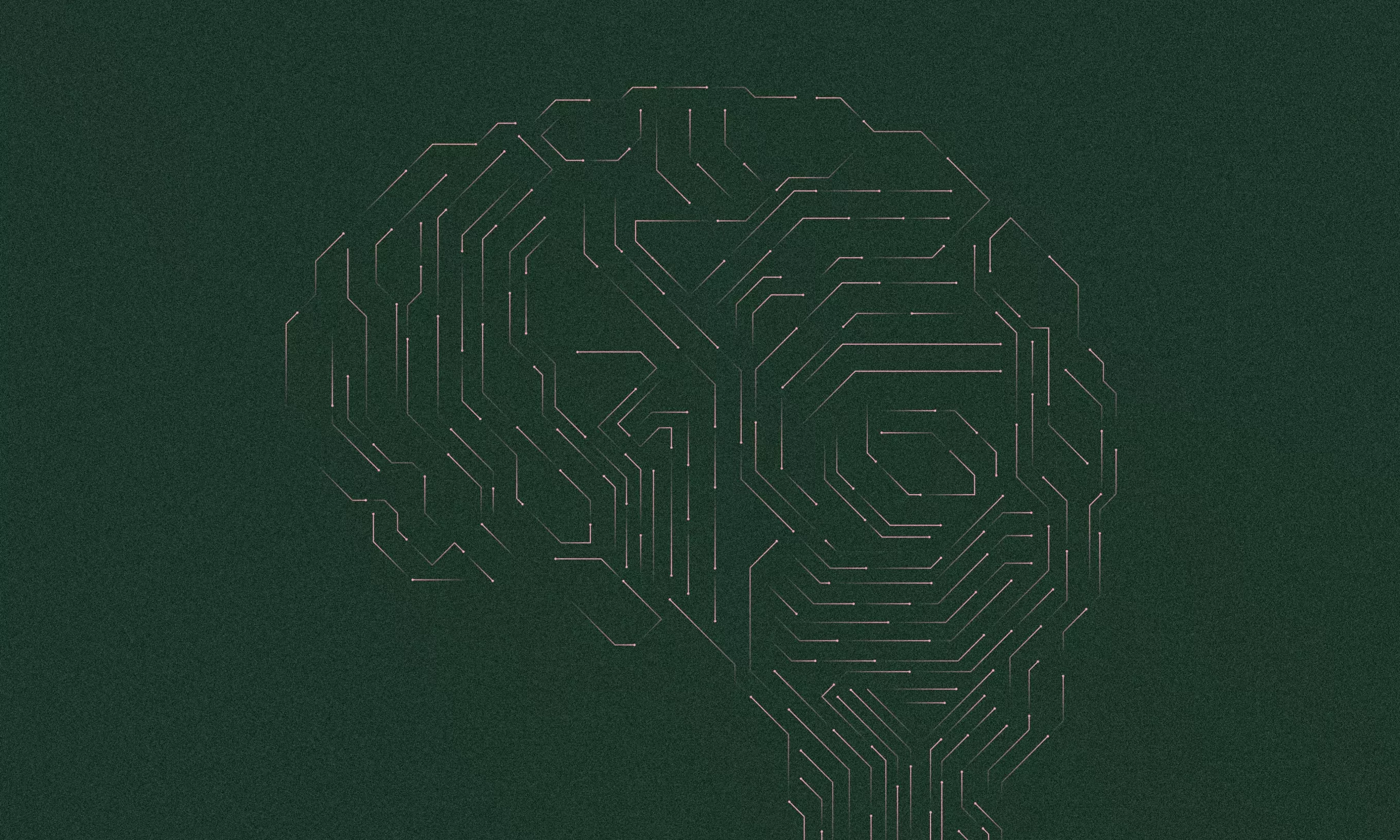Neil Williams, a data scientist at Tilix AI with expertise in IoT, shares his insights on trends shaping the future of IoT and practical advice for business leaders adopting IoT solutions.
In our rapidly evolving digital world, the Internet of Things (IoT) is reshaping how we live and work. As it continues to burrow deeper into our lives, it’s expected to further redefine everything from healthcare and retailing to entertainment and politics.
Can you imagine that day when we’ll wear clothes that connect to the internet and drive cars that are smart enough to take the fastest route to work any given day? Some call it the “Industrial Revolution 2.0,” while others see it as a transformative force like no other.
To gain deeper insights into the future implications of IoT and its practical applications for businesses, we interviewed the IoT expert Neil Williams. Neil is a data scientist at Tilix AI, a company well-versed in the 4th platform – an IT paradigm comprising artificial intelligence, the Internet of Things, data science, digital twins, and other emerging tools, techniques, and technologies.
Trends in IoT to keep an eye out for
“Looking ahead, the key trends I see in IoT are edge computing, AI, machine learning, digital twins, 5G networks, and blockchain,” says Neil.
While blockchain has been considered a trend in the IoT space, he’s skeptical about its long-term viability, mainly due to sustainability concerns and the associated energy consumption. In addition, cybersecurity is assuming growing importance in the IoT landscape. As devices become increasingly interconnected, the demand for robust security measures to safeguard against cyber threats continues to escalate.
Of course, we had to touch upon the topic of artificial intelligence. With tools like ChatGPT now widely used, businesses rush to integrate AI into their operations. We were curious to know whether the hype was justified.
I believe that businesses that find a way to integrate AI or machine learning into their value proposition will have found a surefire way to enhance the appeal and effectiveness of their IoT solutions, Neil predicts.
AI has undeniably seized the spotlight, thanks in part to LLMs like GPT-3 and GPT-4. They are accessible, almost inviting anyone with five minutes to spare to explore and experience their capabilities.
Hype aside, AI has tremendous positive applications both in consumer and industrial IoT. In industrial IoT, it empowers businesses to harness the potential of predictive maintenance, optimization, anomaly detection, and data-driven decision-making. Additionally, AI introduces a vital personalization dimension in the context of smart homes.
We also asked what would help businesses accelerate their adoption of IoT.
“Two critical factors come to mind: investment in broadband and industry-wide standardization,” said Neil.
Without robust broadband infrastructure, IoT devices can’t communicate effectively. It’s the backbone of IoT. And standardization? That’s the universal language of IoT. When everyone follows the same rules, devices from different manufacturers can work seamlessly together, benefiting businesses, consumers, and developers alike.
Strategy as the backbone of IoT solutions
The Internet of Things holds immense potential for businesses, from optimizing operations for better efficiency to gaining a competitive edge, discovering new revenue streams, and elevating the customer experience.
However, according to Neil, to leverage its full potential, businesses must embrace a holistic approach.
“The one piece of advice I repeatedly give is: aim first, then fire. Make sure your IoT strategy aligns with your organization’s broader goals. Efficiency gains, improved productivity, and enhanced customer experiences – these are the rewards of a well-executed strategy.”
What Nokia and iPhone taught us about innovation
With the IoT landscape becoming more cost-effective, innovation cycles are speeding up. This shift is especially apparent in smart homes, where the IoT market has grown significantly, explains Neil. Because of that, lesser players, especially Chinese companies, are stepping up to challenge the established ones.
As Clayton M. Christensen writes in his book Innovator’s Dilemma, established companies often dismiss new, seemingly inferior entrants as non-competitive, only to have their market share taken over by them.
To illustrate this point, Neil reminded us of the famous Nokia and iPhone story. After the iPhone launched, Nokia, which was by far the leading mobile phone manufacturer at the time, would have conducted an analysis of the iPhone’s components and manufacturing quality. Allegedly, Nokia engineers went through the iPhone component by component and were surprised by what they perceived as low-quality manufacturing.
This likely led to a sense of dismissal and skepticism within Nokia’s ranks. They appeared to have focused on traditional product quality metrics, components and manufacturing, which may have caused them to overlook the fundamental shift the iPhone brought to the market. But things turned around fast. Within just a few years, the situation reversed. Apple’s focus on user experience, the App Store ecosystem, user interface design, and simplicity gained momentum and reshaped the smartphone market.
Innovation doesn’t always follow traditional metrics or existing paradigms of quality. Small businesses and startups can unexpectedly rise and take over the market regardless of the initial perceived deficiencies.
When you look at successful companies, there is a pattern – they didn’t necessarily follow the playbook. Apple didn’t follow the playbook, and neither did Amazon or Tesla. What they did was unique. But success isn’t reserved just for the Teslas, and the Amazons of the world. Even small and medium businesses can do unique things in their own corner of the universe and succeed.
“There is always going to be a place for unique products. There’s always going to be a place for companies that have unique processes”, Neil concluded.
If you’re interested in gaining a competitive advantage in the Internet of Things realm, check out our IoT solutions page.










